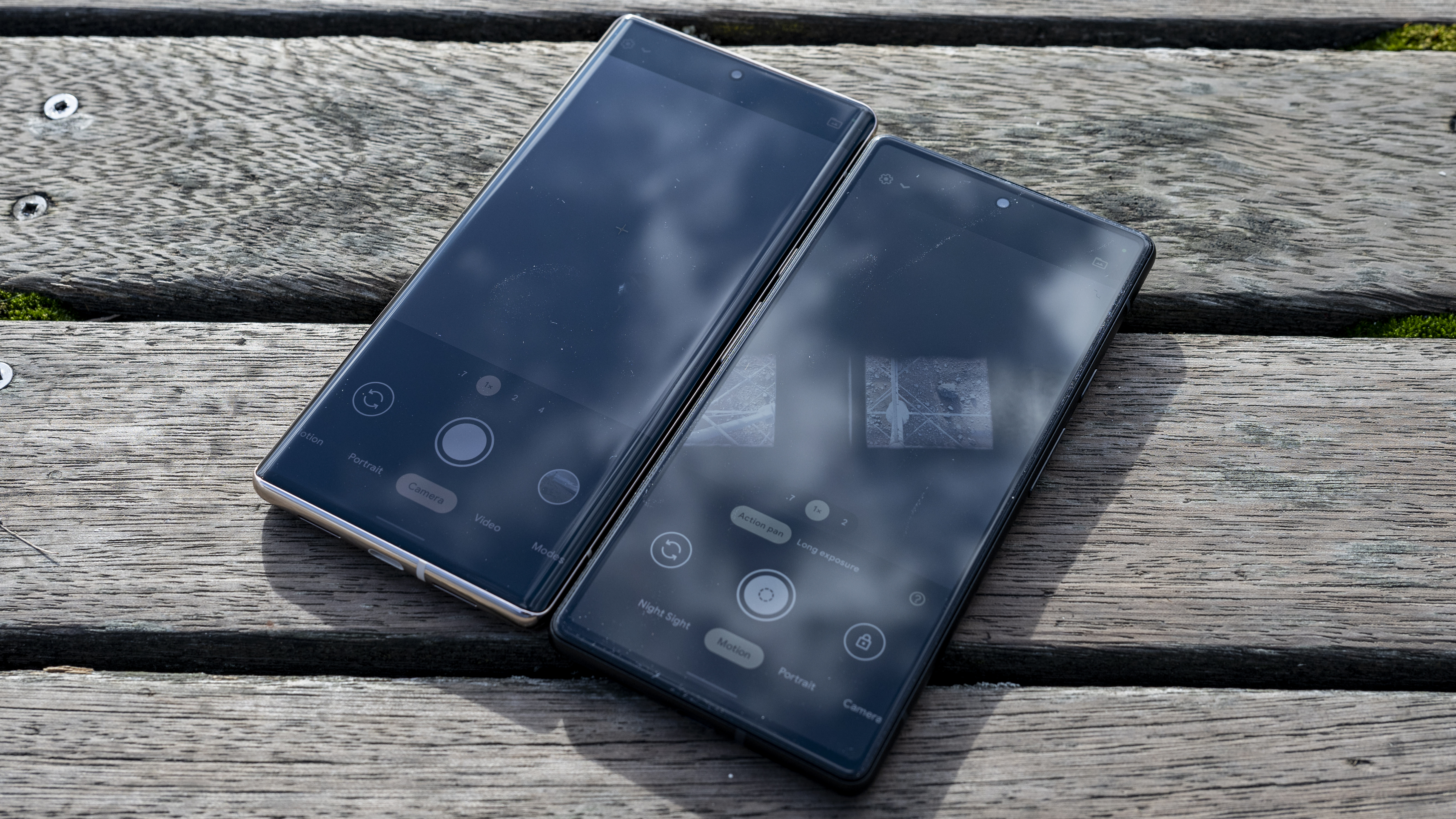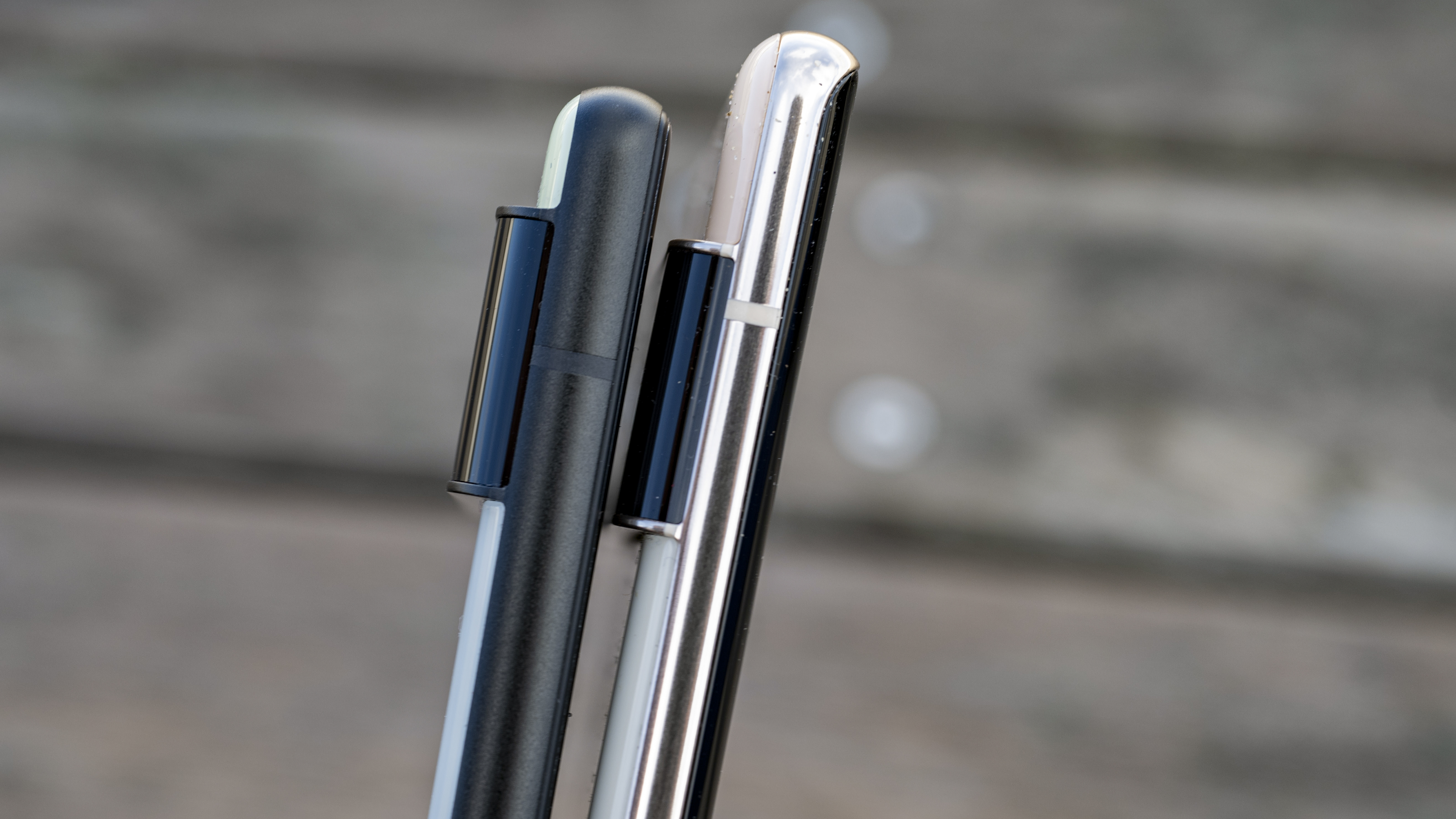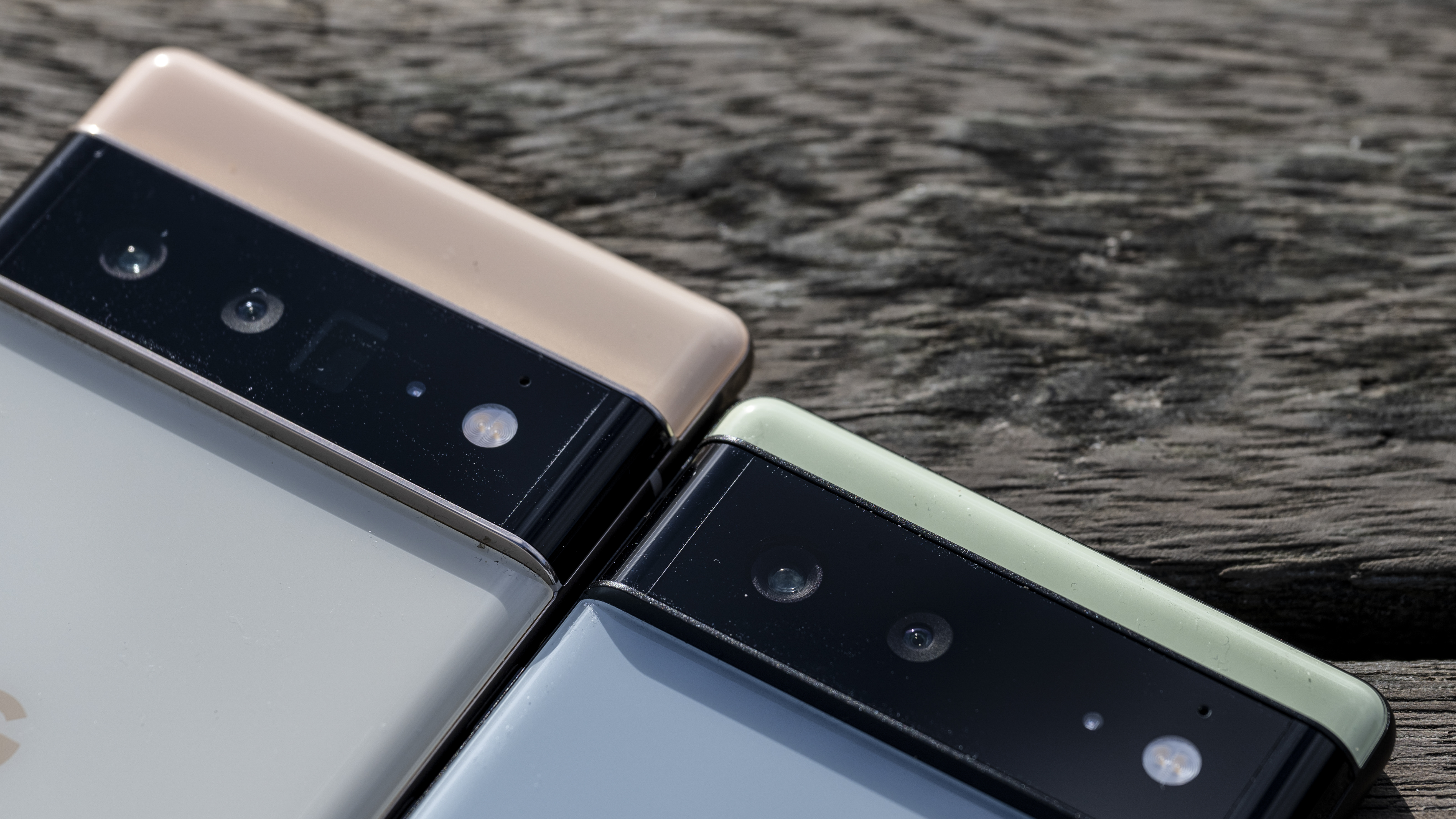Google Pixel 6 vs 6 Pro: which smartphone is right for you?
Google's latest photo-oriented smartphones go head to head in our Pixel 6 vs Pixel 6 Pro shootout
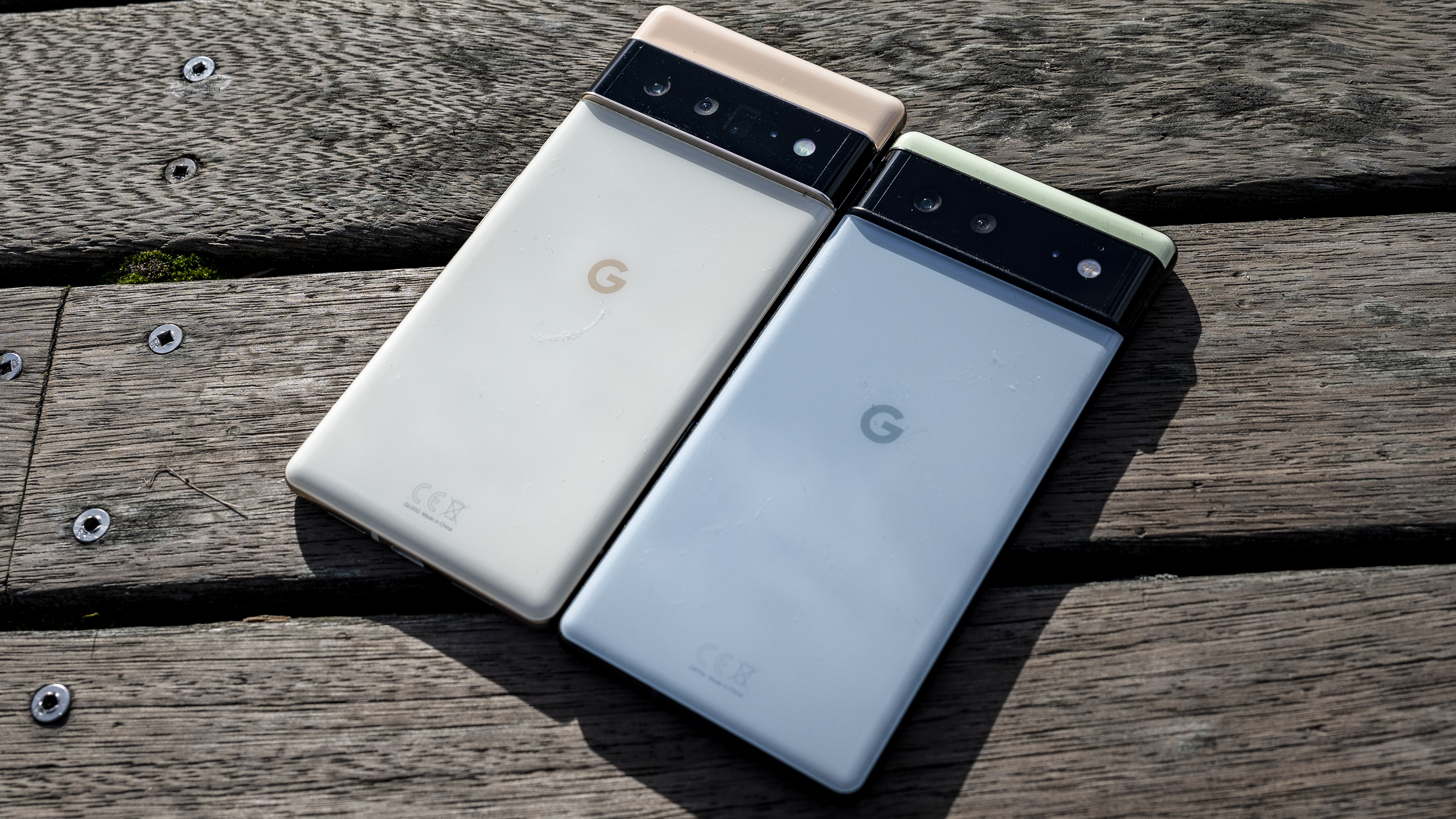
In this article, we're looking at the Google Pixel 6 vs 6 Pro to help you work out which is the right Android smartphone for you, which could be an even more interesting question given that the Google Pixel 7 and 7 Pro are launching.
Both the Google Pixel 6 Pro and the Google Pixel 6 are impressive smartphones for photographers, especially considering they are both good value for money. However, it would be reasonable to question whether you need to fork out for the bigger and more expensive Google Pixel 6 Pro, or whether sticking with the smaller and cheaper Google Pixel 6 is the more prudent decision.
• iPhone rumors, Samsung Galaxy news, and smartphone leaks
The Google Pixel 6 Pro is the company’s flagship model and as such has all the top specs and the most flexibility when it comes to photography features. That said, the Pixel 6 shares a lot of those features, with a couple of sacrifices that you may not consider to be that big (and in some cases, you may even think them beneficial).
Probably the most obvious difference comes in the camera unit(s) themselves, so we’ll be looking at that, along with a range of other specs to see how the duo stack up against each other. Our best Google phone might help you, too.
Pixel 6 vs Pixel 6 Pro: Camera / Lenses
Why you can trust Digital Camera World
For the first time in Pixel history, Google has included three lenses on the back of its Pixel 6 Pro camera. In comparison, the Pixel 6 has just two.
Both the 6 and the 6 Pro share the “standard” 50 megapixel Octa PD Quad Bayer wide camera with an f/1.8 aperture, LDAF (laser detect autofocus), OIS (optical image stabilisation) and the 12 megapixel ultra wide f/2.2 lens.
The Pixel 6 Pro also includes a 48 megapixel telephoto lens (4x optical zoom) with an f/3.5 lens. The selfie camera is also different, being an 11.1MP f/2.2 ultra wide device on the Pixel 6 Pro, compared to an 8MP f/2.0 wide angle camera.
It’s safe to say that the maximum flexibility comes from the Pixel 6 Pro, though it's arguable that it’s the standard and the ultrawide lenses which are going to be most popular or used most often - and both are available on either device.
Pixel 6 vs Pixel 6 Pro: Camera Features
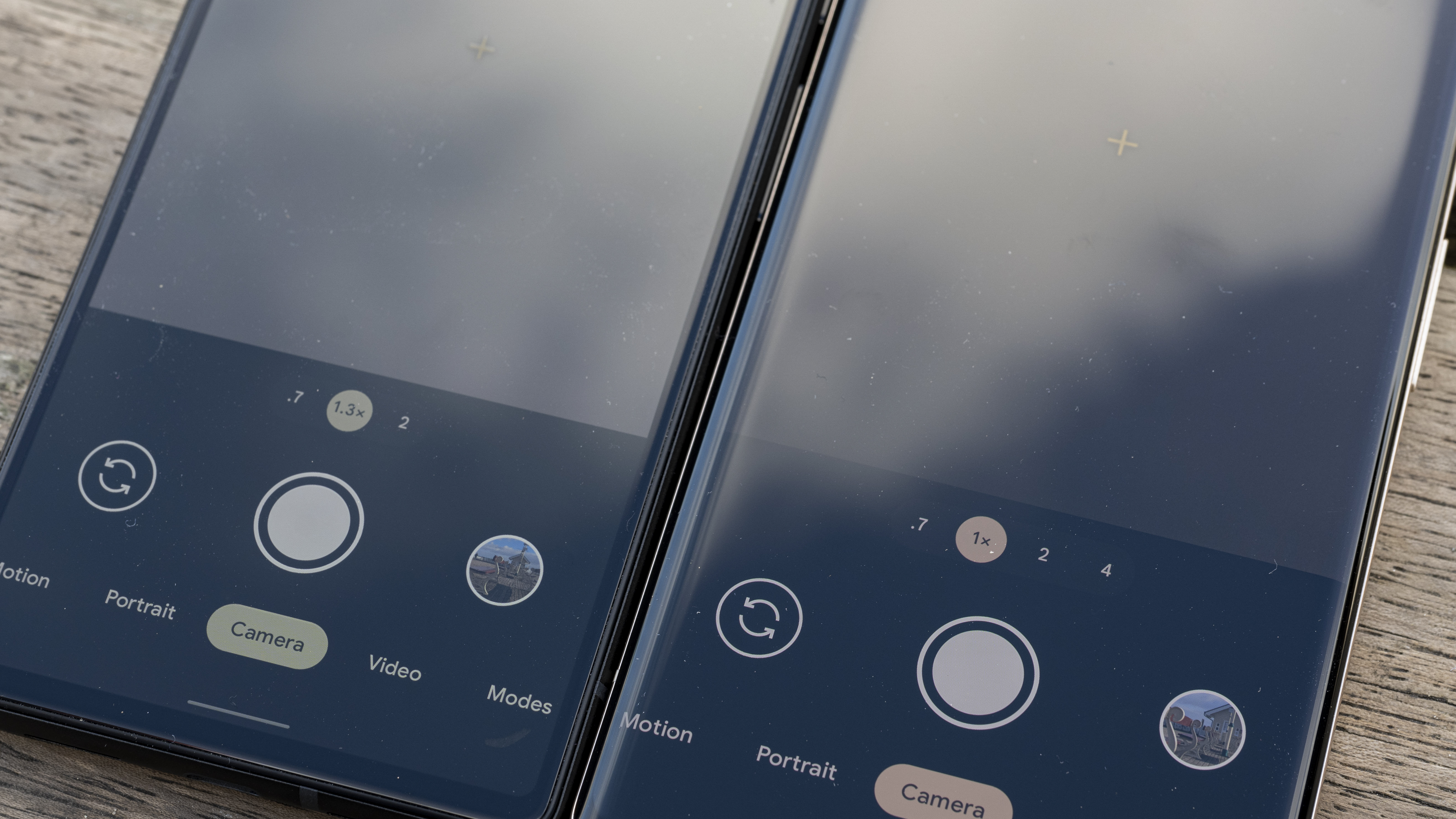
The good news here is that you’ll get the same camera “features” or shooting modes no matter which device you choose. Shooting modes such as Night Sight, Top Shot, Super Res Zoom and so on are all useful features which can be utilized on either phone.
Thanks to Google’s new processor for these devices, other shooting modes have also been made possible. That includes Motion Autofocus which can be used to create the effects of either a long exposure or panning, without the need for a tripod or any extensive editing know-how.


As you’d also expect, both use the same native camera app. It’s a straightforward app that we’d perhaps like to see offering a bit more control for advanced users, but is at least simple to use.
The ability to shoot in raw format (DNG) is also available on both models, so that’s a bonus too.



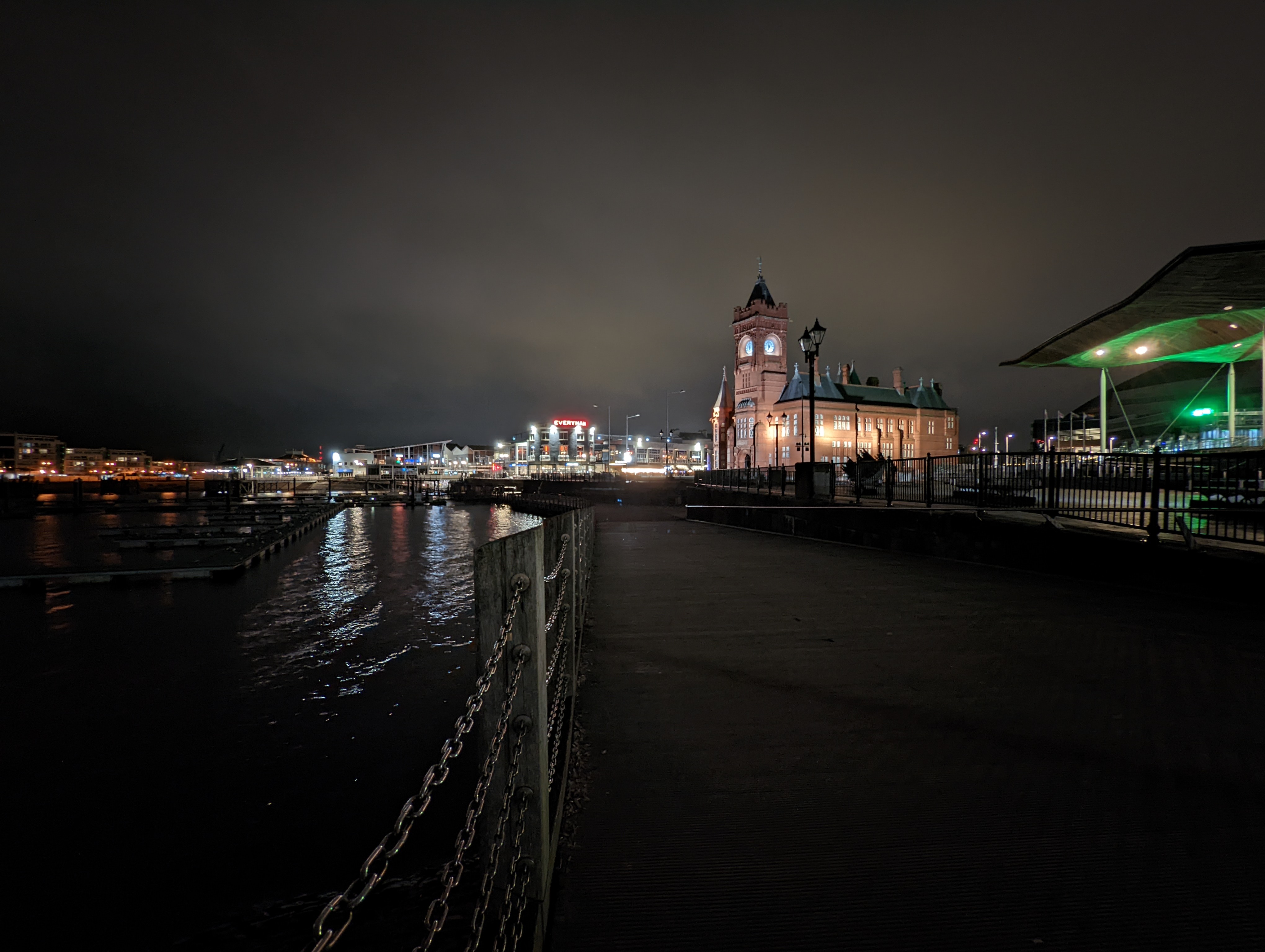

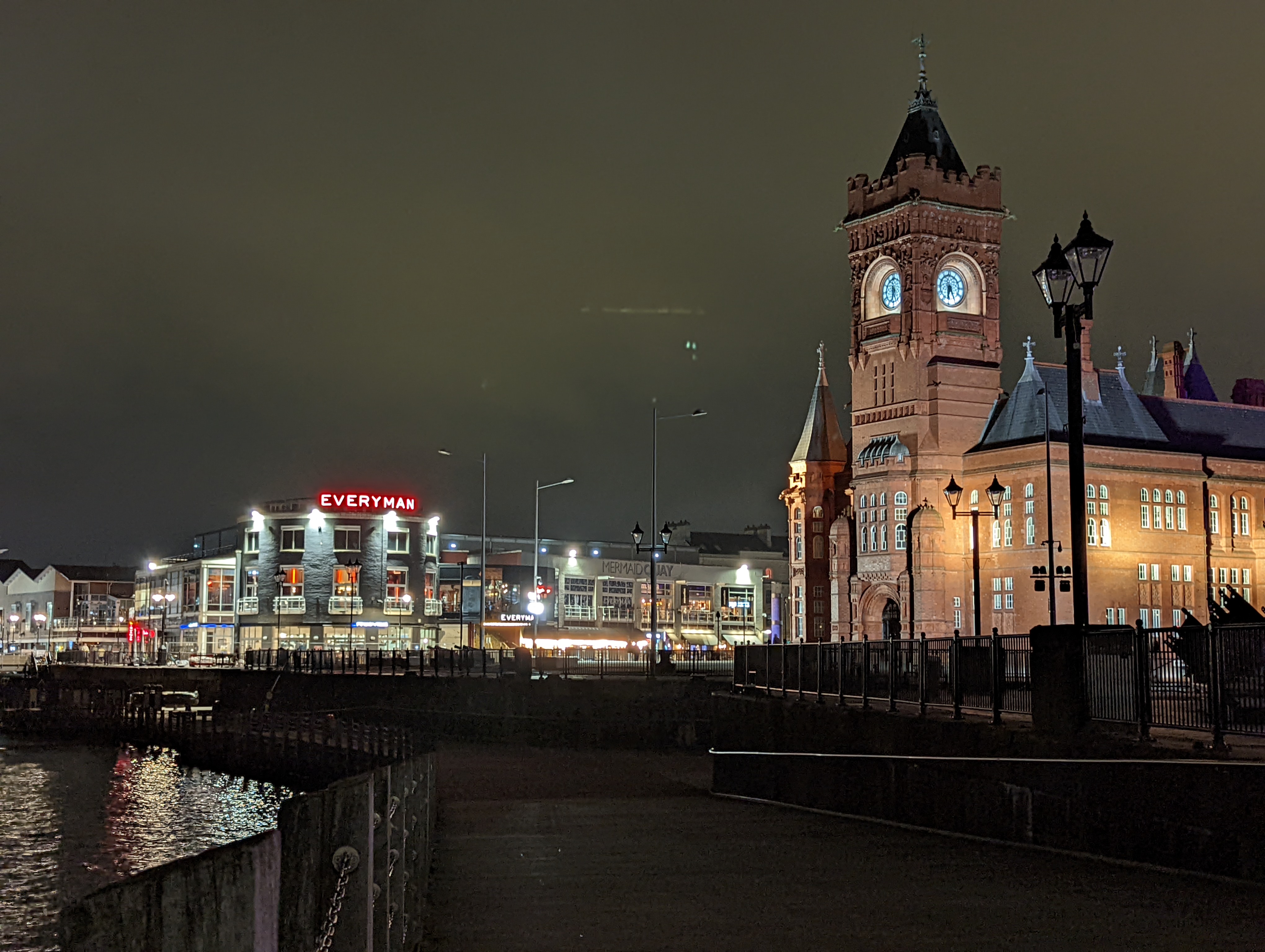
Pixel 6 vs Pixel 6 Pro: Video
Both the Pixel 6 Pro and the Pixel 6 offer 4K video recording in frame rates up to 60fps. There’s also the option to shoot slow motion at a lower resolution.
There’s no real difference in the video offerings between the 6 Pro and the 6, with both also offering optical image stabilization (which will apply a crop) when shooting. The only difference here comes from the fact that the extra lens will allow you to shoot telephoto video with the Pixel 6 Pro.
Otherwise, the video offerings are quite straightforward, with the model perhaps primarily designed for photographers rather than serious videographers.
Read: Pixel 6 Pro vs iPhone 13 Pro
Pixel 6 vs Pixel 6 Pro: Screen and design
The Google Pixel 6 Pro has a very large 6.7” (170mm) screen, which makes it not only the larger of the two, but one of the largest smartphones on the market. It’s larger than the iPhone 13 Pro Max (6.6”), but a touch smaller than the recently announced Samsung S22 Ultra (6.8”). Some people call these very large phones a “phablet”, and whether you like that comes down to personal preference. On the one hand, a large screen can be more unwieldy to hold and use, but on the other, it displays your photos and videos extremely well.
If you prefer a smaller screen, then the Pixel 6 could be the better option for you. At 6.4”, it’s still bigger than some other models on the market, including the iPhone 13 Pro (6.1”) and the Samsung Galaxy S22 (also 6.1”).
But size isn’t the only consideration when it comes to screens. The Pixel 6 Pro’s LTPO OLED screen is QHD+ (1440 x 3120), at 512ppi and with a refresh rate of 120Hz - so on paper at least it’s a more detailed and smoother experience than the Pixel 6’s FHD+ (1080 x 2340) OLED device at 411ppi and 90Hz.
In real-world usage, the Pixel 6 is a lovely device to look at in isolation, but you can see a fairly marked difference if you place the two models side by side.
When it comes to the overall size of the device, the Pixel 6 Pro comes in at 163.9 x 75.9 x 8.9mm. The Pixel 6 is the same depth, but is slightly narrower at 74.8mm wide, and significantly shorter at 158.6mm long. Both use Corning Gorilla Glass Victus for the screen, which is designed to be scratch resistant, and both are IP68 waterproof, meaning they should easily survive a shallow submersion for short periods of time.
The colors available for the two phones are also slightly different. You can get either device in “Stormy Black”, but the Pixel 6 Pro also comes in “Cloudy White” and “Sorta Sunny” (yellow and peach). The 6 offers “Sorta Seafoam” (yellow and blue) and “Kinda Coral”. What you prefer here will be entirely down to personal choice, but it’s good to see an understated black available for both.
Pixel 6 vs Pixel 6 Pro: Battery and processor
Both the Pixel 6 and the 6 Pro use the new Google Tensor processor. This is a chip which has been specifically designed with machine learning and artificial intelligence in mind. It comes into action across a variety of different smartphone features, but in terms of the camera, features such as Motion Mode and Face Unblur make use of the Tensor processor. Considering it’s been developed directly by Google, it makes sense that it’s included in both the high-end and value options of its latest devices.
Pixel 6 vs Pixel 6 Pro: Memory and storage
Here’s another area where the two smartphones diverge quite a bit. The cheaper Google Pixel 6 is only available with 8GB of RAM and 128GB of storage, with no option to buy a higher capacity device, or expand memory with external memory cards. Meanwhile, the Pixel 6 Pro offers 12GB of RAM and either 128GB or 256GB of storage. That’s still light compared to other options on the market offering up to 1TB of storage space, but it should suit most consumers' needs.
Pixel 6 vs Pixel 6 Pro: Price
The Pixel devices represent better value for money than some of the leading products in the market, but as you'd expect it’s the Pixel 6 which is the cheaper of the two.
At just $599/£599, it’s a great mid-range offering. Meanwhile, the Pixel 6 Pro is either $899/£849 or $999/£949 depending on the storage option you go for. That puts it closer to the prices of the iPhones and the Samsungs of the world, but you arguably get more for your money by opting for the Google.
Pixel 6 vs Pixel 6 Pro: Conclusion
If you’re stuck between the Google Pixel 6 Pro and the Pixel 6, it’s best to think about what it is you actually need.
The cheaper Pixel 6 is excellent value for money at $599 / £599, and it offers plenty of features which photographers will love. That includes excellent main and ultra wide lenses, a range of interesting shooting modes and 4K video recording.
That said, if photography is your main reason for choosing a certain smartphone, it’s almost certainly worth making the extra outlay for the 6 Pro if you can. With that, you get an additional telephoto lens, a larger, brighter and faster screen, plus the option to plump for more on-device storage.
You might also like to check out the best camera phones overall, with models from all brands, as well as the best phone cases and best lenses for smartphones.
The best camera deals, reviews, product advice, and unmissable photography news, direct to your inbox!
Amy Davies has been writing about photography since 2009, and used to be a colleague on Digital Camera magazine and Techradar.com. She now works as a freelance journalist writing for nclude Amateur Photographer, Stuff, Wired, T3, Digital Photographer, Digital Camera World, TechRadar, Trusted Reviews, ePhotozine and Photography Blog. She has an undergraduate degree in journalism and a postgraduate diploma in magazine journalism, both from Cardiff Journalism School.
- Lauren ScottFreelance contributor/former Managing Editor







